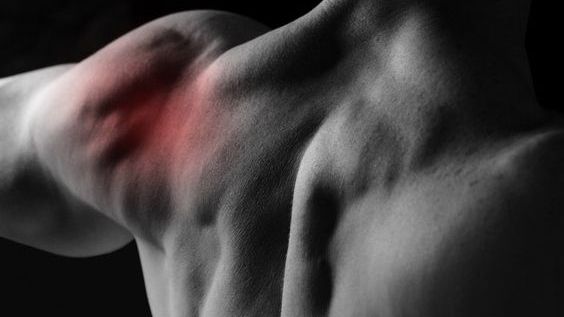
Time Frames For Healing Tissue Damage
– General muscle soreness = 24-72 hours
– Grade 1 and 2 lesions, mild contusions = 4-8 weeks
– Server grade 2 and grade 3 lesions, more server contusions = 2-6 months
Muscle Soreness
Sports
massage, acupuncture and physiotherapy can be a tremendously effective
tool for addressing post exercise discomfort. If you have been involved
in any rigorous activity, you know what it feels like to have sore
muscles. Muscle soreness is by far the most frequent complaint that
athletes bring to a sports massage therapist. There are two kinds of
soreness: immediate and delayed.
The first is immediate soreness, which is experienced during or immediately after activity. Usually disappearing as soon as exercise stops and blood flow reruns to normal, immediate muscle soreness is caused by a build up of metabolic wastes and ischemia.
The second kind of muscle soreness, known as delayed soreness, is usually not felt until 24 to 48 hours after activity. The cause of delayed soreness is still debated. Abraham has outlines three well-recognized scientific theories.
1. Damaged Muscle: Abraham explains Hough’s torn muscle tissue hypotheses (1902) stating that an untrained muscle group subjected to a prolonged period of work can be damaged. Microscopic tears in muscle tissue are a source of pain that lead to inflammation and increased discomfort.
2. Pain-Spasm-Pain cycle: Abraham notes De Fries (1966) found that as waste products and ischemia increase with exercise, these changes irritate nerve endings, causing pain, which in turn brings a muscle into spasm. Additional pain and spasm continue to reduce blood flow to the issues, decreasing available oxygen and increasing metabolic by-products. This chain reaction of increased waste, ischemia, pain and spasm becomes a continuous cycle in the body.
3. Connective Tissue Damage: Abraham (1979) established a direct relationship (through urinalysis studies) between delayed soreness (24-72 hours after exercise) and connective tissue damage. It has also been found the eccentric contractions (a muscle lengthens rather than shortens as it contracts) are primarily responsible for connective tissue damage. Eccentric movements are also known as negative work in weight training.
Depending upon the individual circumstances, varying combinations of each of these three physiological explanations can be responsible for delayed soreness.
